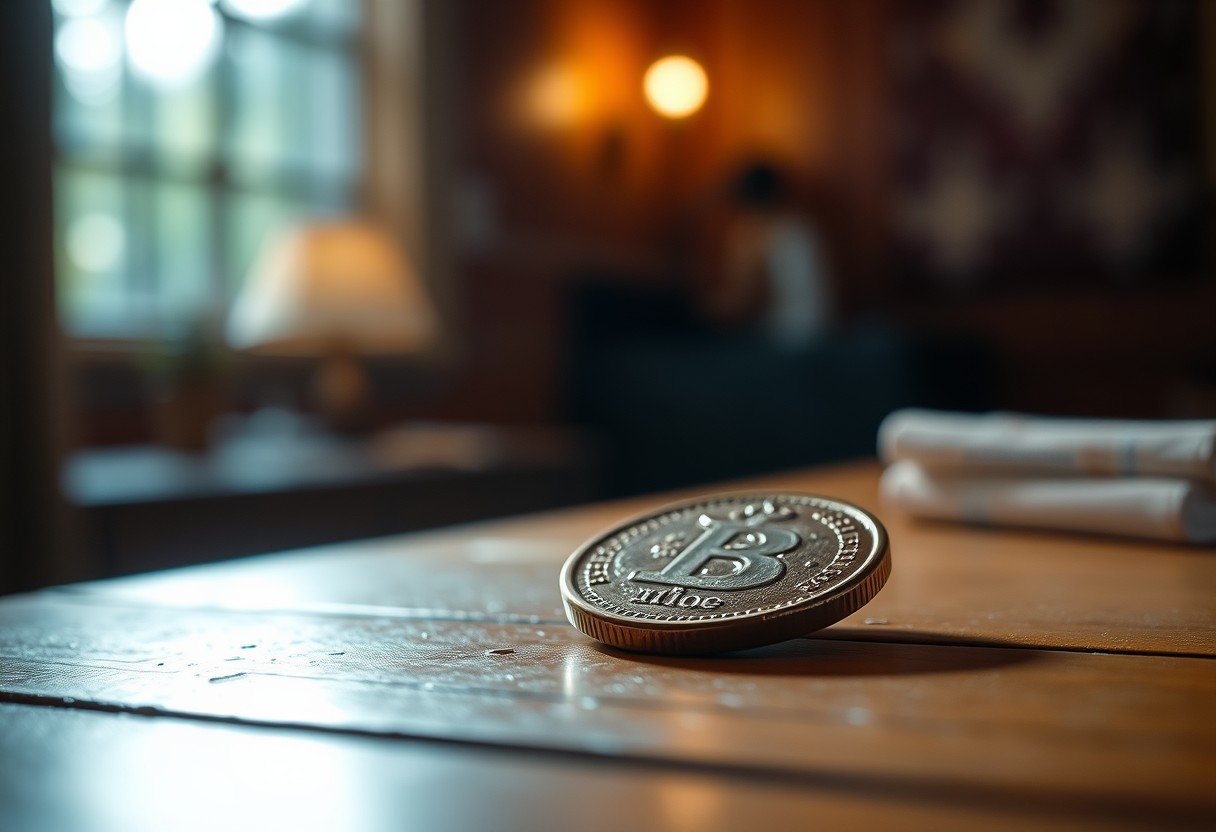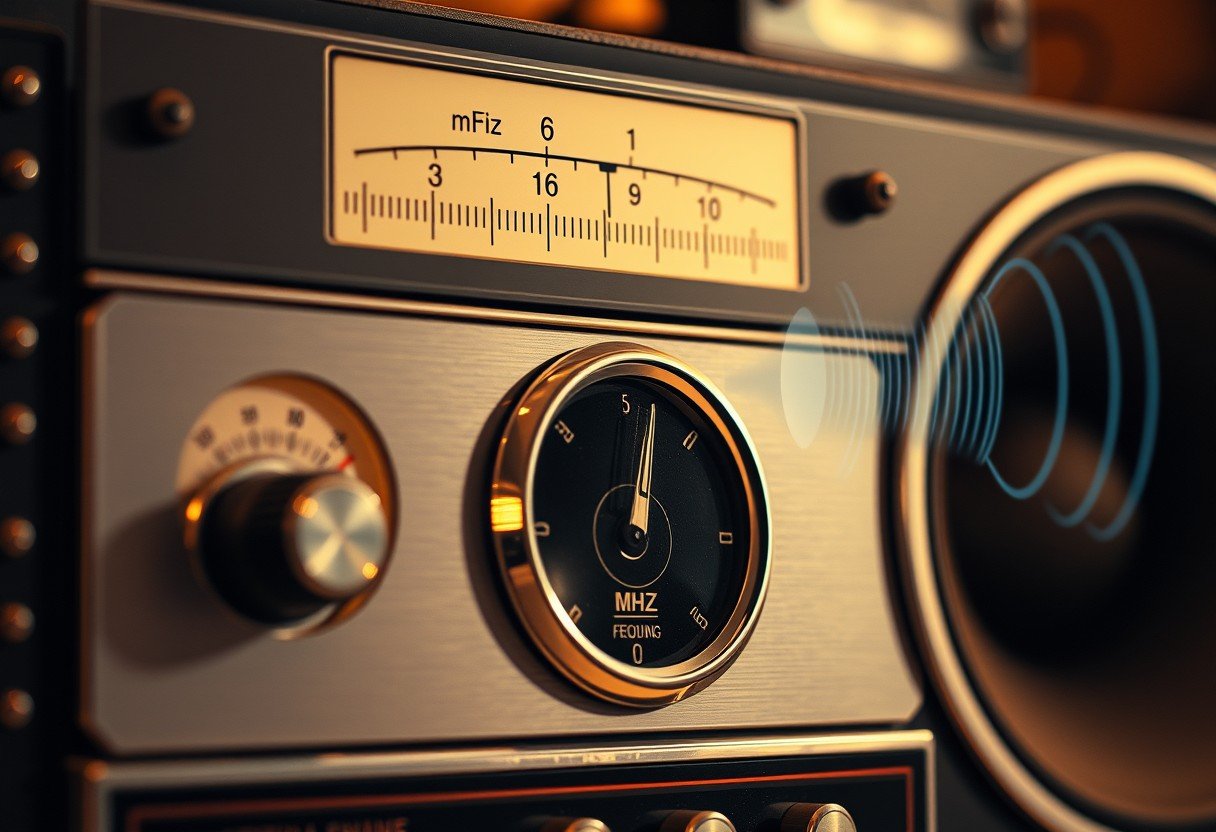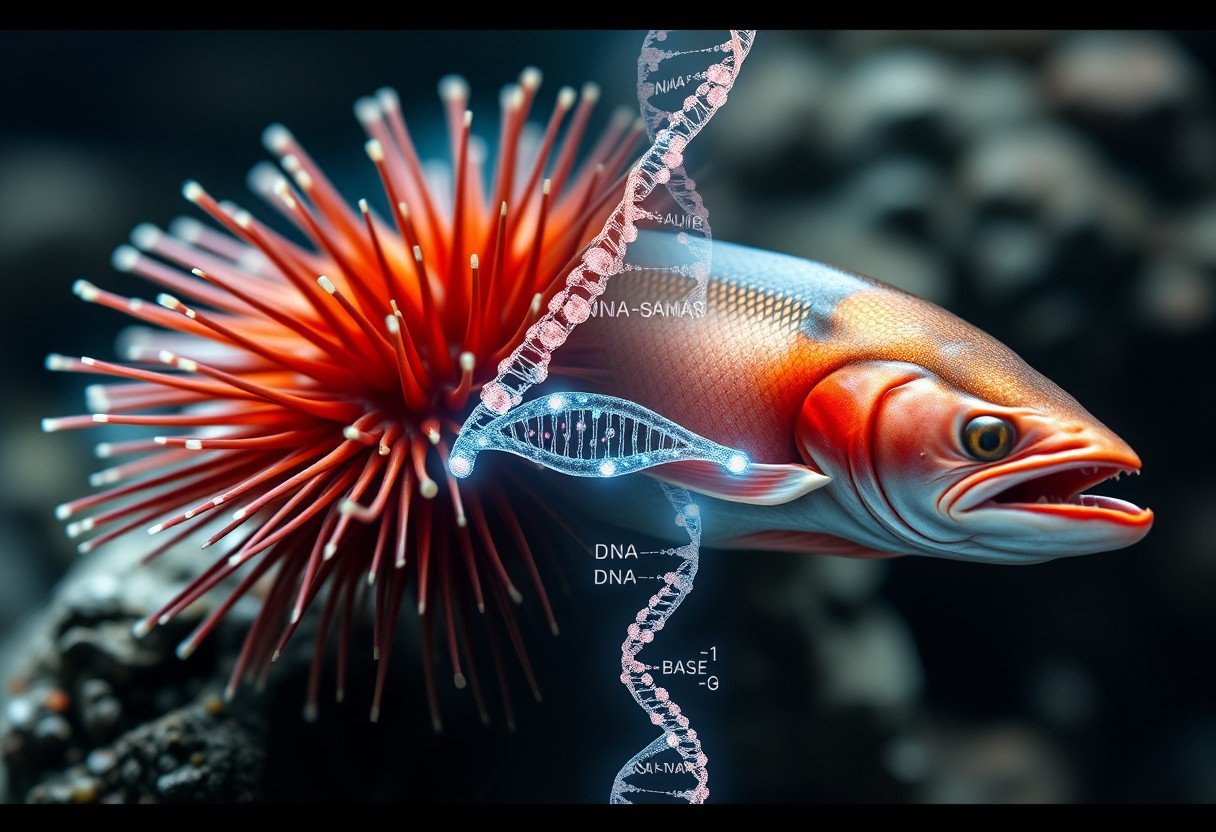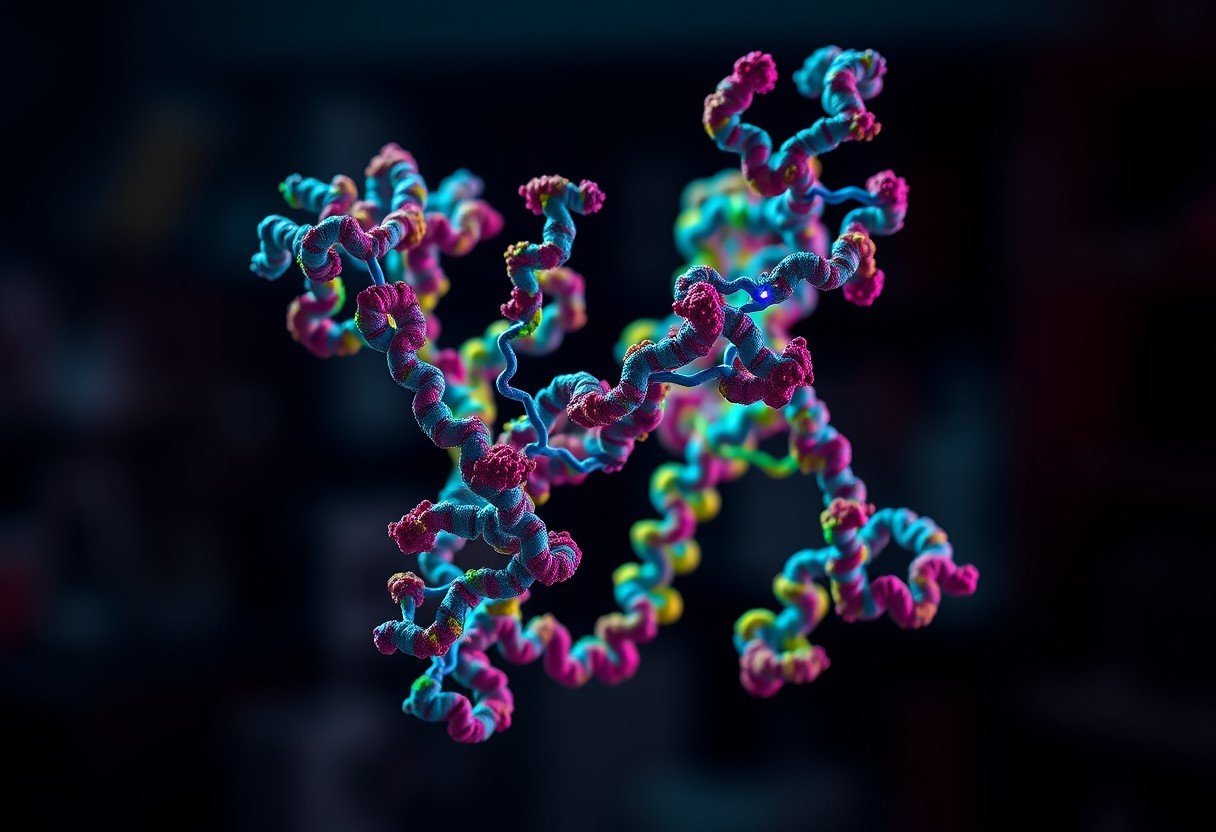Have you ever been stumped by the classic question, “What has a head, a tail, is brown, and has no legs?” This popular riddle is a clever play on words designed to make you think differently about everyday objects. The answer is surprisingly simple: a penny. This object perfectly fits all the clues, using metaphorical language to describe the two sides of a coin. Let’s dive into how this riddle works and why it has remained a favorite for so long.
Breaking Down the Clues in the Riddle
The magic of this riddle lies in how it uses common words in uncommon ways. At first, you might think of an animal, but the clues cleverly guide you toward something else entirely. By analyzing each part, the answer becomes clear.
Each clue is a piece of the puzzle. The riddle is designed to mislead you into thinking about living creatures, but the final clue, “has no legs,” is the biggest hint that you should consider inanimate objects.
Let’s look at each clue individually:
- A Head: This doesn’t refer to a biological head. Instead, it points to the “heads” side of a coin, which typically features the portrait of a notable person.
- A Tail: Similarly, this means the “tails” side of a coin, which is the reverse side from the head.
- Is Brown: This clue points to the color of a penny, which is made mostly of copper and has a distinct brownish hue.
- Has No Legs: This final clue confirms the object is not an animal and cannot walk, solidifying the answer.
Understanding these double meanings is the key to solving not just this riddle, but many others as well. It’s an exercise in creative and lateral thinking.
Why a Penny is the Most Common Answer
While other objects could theoretically fit some of the clues, the penny is universally accepted as the correct answer. This is because it matches every single descriptor in the most direct and well-known way. The terms “heads” and “tails” are specifically used in coin terminology, making the connection undeniable.
The United States penny, featuring Abraham Lincoln on the “head” side, is the image that comes to mind for most people in North America. Its copper composition gives it the iconic brown color that other coins, like dimes or quarters, lack. This combination of features makes the penny the perfect solution.
This riddle has become a classic because it uses a familiar, everyday object. Almost everyone has seen or used a penny, making the “aha!” moment of solving it both satisfying and accessible to people of all ages.
Exploring Other Creative Interpretations
Part of the fun of riddles is seeing what other creative answers people can come up with. While a penny is the standard answer, the clues are just vague enough to spark the imagination. Some people might guess a brown snake, as it has a head and a tail and no legs. However, the term “tails” isn’t typically used for a snake’s rear end in the same way it is for a coin.
Other imaginative guesses could include a tadpole, a matchstick (with a head), or even a note in a bottle. These answers show how language can be stretched and interpreted in different ways.
However, these alternative answers usually fail to fit all the criteria as perfectly as a penny does. Acknowledging these creative guesses doesn’t diminish the penny’s status as the answer; it just highlights the playful nature of riddles.
The Enduring Popularity of This Brain Teaser
This riddle has stood the test of time, passed down through generations as a fun icebreaker and a simple test of wit. Its charm lies in its simplicity. It doesn’t require special knowledge or complex logic, only a willingness to think outside the box.
You can find this riddle everywhere, from children’s joke books to social media challenges and family game nights. Its widespread appeal is due to its accessibility. Anyone can understand the clues and feel the satisfaction of figuring out the answer. It serves as a simple reminder that the cleverest puzzles often have the simplest solutions hiding in plain sight.
How Riddles Sharpen Your Mind
Engaging with riddles like this one is more than just fun; it’s a great workout for your brain. Solving them requires a specific set of cognitive skills that are valuable in many areas of life. They encourage you to look at problems from different angles and challenge your assumptions.
This process enhances critical thinking and problem-solving abilities. When you first hear the riddle, your brain likely defaults to thinking about animals. The trick is to recognize that this initial assumption is wrong and pivot to other possibilities.
This mental flexibility is a key aspect of creative problem-solving. Regularly engaging with brain teasers can help improve memory, concentration, and overall cognitive function for both children and adults.
Fun Facts About the Penny
Since the penny is the star of our riddle, it’s worth knowing a few interesting things about this humble coin. It has a rich history and has changed quite a bit over the years.
The official name for the penny is the “one-cent coin.” The term “penny” is a colloquialism that carried over from British currency. The design on the penny has also evolved.
| Penny Feature | Description |
| Portrait (Heads) | Abraham Lincoln has been on the penny since 1909, the 100th anniversary of his birth. |
| Reverse (Tails) | The original reverse was two stalks of wheat (1909-1958), then the Lincoln Memorial (1959-2008), and now the Union Shield (2010-present). |
| Composition | Pennies were once mostly copper, but since 1982, they are made of 97.5% zinc with a thin copper plating. |
Interestingly, it now costs more than two cents to produce a single penny due to the rising costs of metal and manufacturing.
Frequently Asked Questions
What is the direct answer to the riddle “What has a head, a tail, is brown, and has no legs?”
The most common and accepted answer to the riddle is a penny. It has a “head” side (portrait), a “tail” side (reverse design), is brown from its copper coating, and is an inanimate object with no legs.
Why are the sides of a coin called heads and tails?
This tradition dates back centuries. The “heads” side typically features the head or portrait of a monarch, president, or important figure. “Tails” became the natural opposite term for the reverse side, regardless of the design.
Could a snake be an answer to the riddle?
While a brown snake has a head, a tail-like end, and no legs, it’s not the best answer. The term “tail” in the riddle specifically plays on the coin-related term “tails,” which doesn’t apply to a snake. The penny fits all clues perfectly.
Where did this riddle originate?
The exact origin of this riddle is unknown, as it’s part of a long tradition of folklore and oral puzzles. It is considered a classic American riddle, largely because of the iconic brown color of the U.S. penny.
What skills do riddles like this help develop?
Riddles are excellent tools for developing cognitive skills. They encourage lateral thinking, enhance problem-solving abilities, and improve comprehension by teaching you to pay close attention to language and its multiple meanings.









Leave a Comment